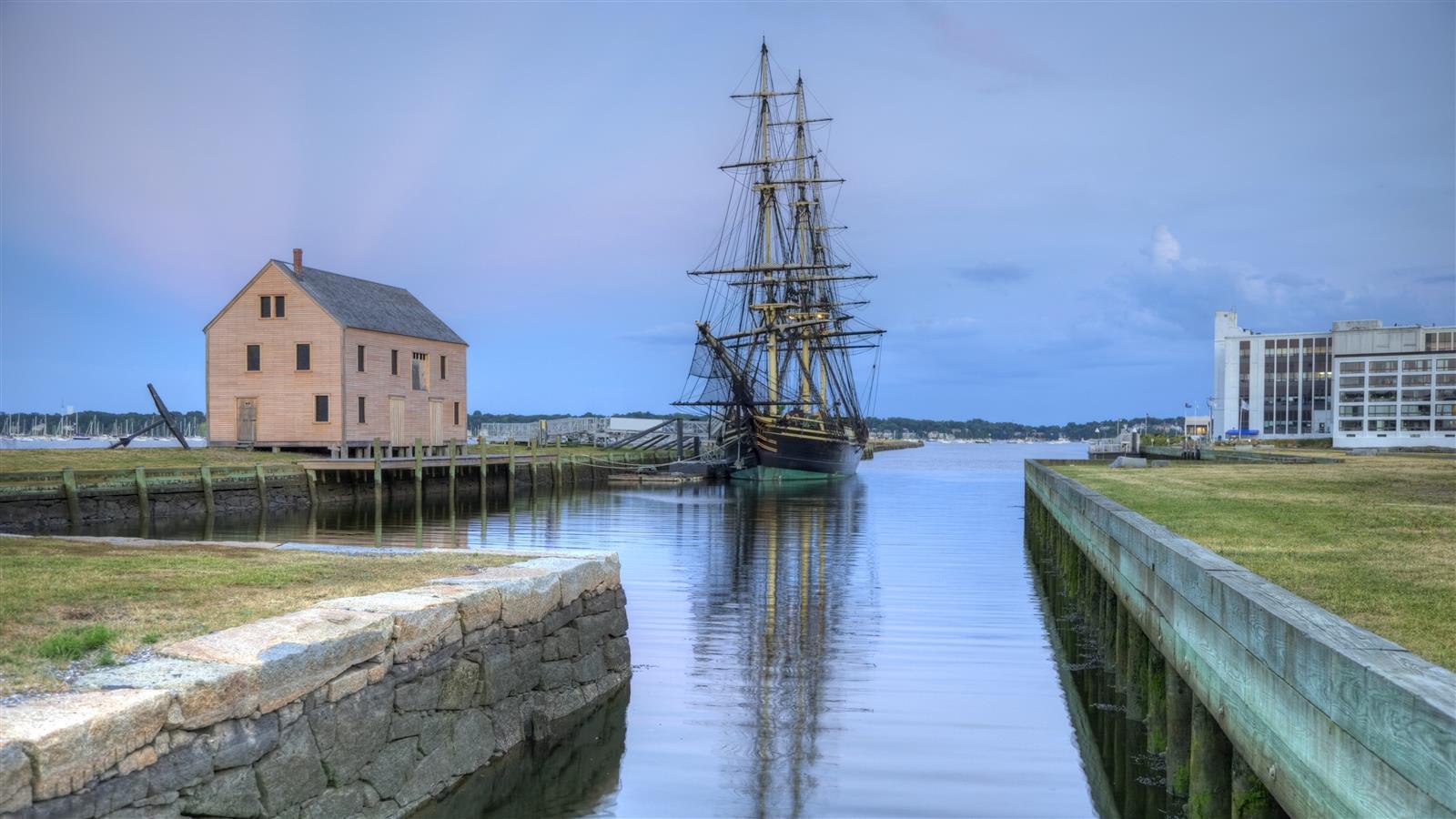A Historic Port City Plans for Future Risks
Rich in history, diversity, and economic vitality, the historic port city of Salem, Massachusetts is also blessed with vision. Salem is taking proactive steps to mitigate the risks of climate change impacts. To assess the city’s vulnerability to sea level rise, higher storm surges, extreme precipitation events and extreme heat days, Salem partnered with CDM Smith to develop a climate change vulnerability assessment and adaptation plan. The plan identifies immediate, actionable priorities for managing the likely climate change impacts, allowing Salem to mitigate risk while enhancing its projects and policies going forward.
“As much as we are known for being one of America’s greatest historical communities, we are also forward-looking,” wrote Salem Mayor Kimberley Driscoll in her introduction to the plan. “Critical to that is ensuring that we plan appropriately for the reality of life in a world with a changing climate. As a coastal city, it is even more vital that we identify our most vulnerable assets and take appropriate actions to mitigate potential threats that will be caused or exacerbated by climate change.”
Assessing the Risks
The analysis began with a median prediction of what climate impacts would mean for the city. CDM Smith developed this prediction by combining the latest global climate models, research from the National Oceanic and Atmosphere Administration, and other sources, in an effort funded primarily by CDM Smith’s Research and Development Programme.
The team modelled the aggregate of this information for Salem, and the ensuing analysis indicated that climate-change-driven risks to Salem could include:
- A 157 % increase in extreme heat days (over 32 °C);
- A 30 % increase in the likelihood of a 100-year storm in a given year;
- Sea levels of 2.7 m by the year 2100, an increase of 1.2 m; and
- Storm surge of over 4 m by the year 2100, an increase of 1.2 m.
Understanding the Vulnerabilities
The CDM Smith team partnered with key stakeholders from the Salem city administration and community advisors to examine how these potential impacts would affect the city. “The key to this project was gathering enough information to see the totality of the situation,” says Lauren Miller, CDM Smith project manager and climate change expert. “Whether a stakeholder’s perspective was focused on public services, community needs, or historical preservation—we laid out the predicted impacts and each stakeholder was immediately able to envision the areas of vulnerability in the city. In this way, we organised and built upon a vast amount of valuable insight.”
Six key aspects of Salem’s infrastructure—critical buildings, water, stormwater, transportation, energy, and vulnerable demographics—were identified as the most potentially susceptible to climate change risks. Bringing together the knowledge provided by the Salem brain trust, the CDM Smith team developed a list of 17 priority vulnerabilities. Each vulnerability was assessed in detail, and a set of applicable adaptation strategies were identified to address that vulnerability. In all, 43 different adaptation strategies were recommended by the plan.
As a coastal city, it is vital that we identify our most vulnerable assets and take action to mitigate potential threats.
Putting Plans into Action
The climate change adaptation plan provided Salem with both a strategy for addressing climate change risks in general, and recommended tactics and resources to address each area of serious concern. For example, certain seawalls in Salem were deemed to be ineffective under sea level rise and increased storm surge scenarios. Critical building infrastructure, both municipal and cultural/historic, was consequently at potential risk. Seven specific improvements were outlined by the adaptation plan; many of these were structural, but among them were “living shorelines” and “beach nourishment,” the development of alternative structures and ecologies to provide shoreline protection.
Salem has since pursued opportunities to implement these tactics, and before the full plan was even published, the city had used its findings to obtain a $75,000 grant from the Mass. Office of Coastal Zone Management for coastal green infrastructure implementation. Another $55,000 has also been secured to further implement green infrastructure building from the original Coastal Zone Management grant. This success story was soon repeated with another $200,000 grant for flood control in a residential area.
The insights provided by the Salem climate change vulnerability assessment and adaptation plan will help guide the city’s efforts for decades to come. As Mayor Driscoll wisely noted, “By planning well today, Salem will be ready for tomorrow.”

The key to this project was gathering enough information to see the totality of the situation, and then take action.
Creating Resiliency Funding
Salem was able to obtain over $300,000 in grant funding to support its resiliency goals after completing the adaptation plan.







